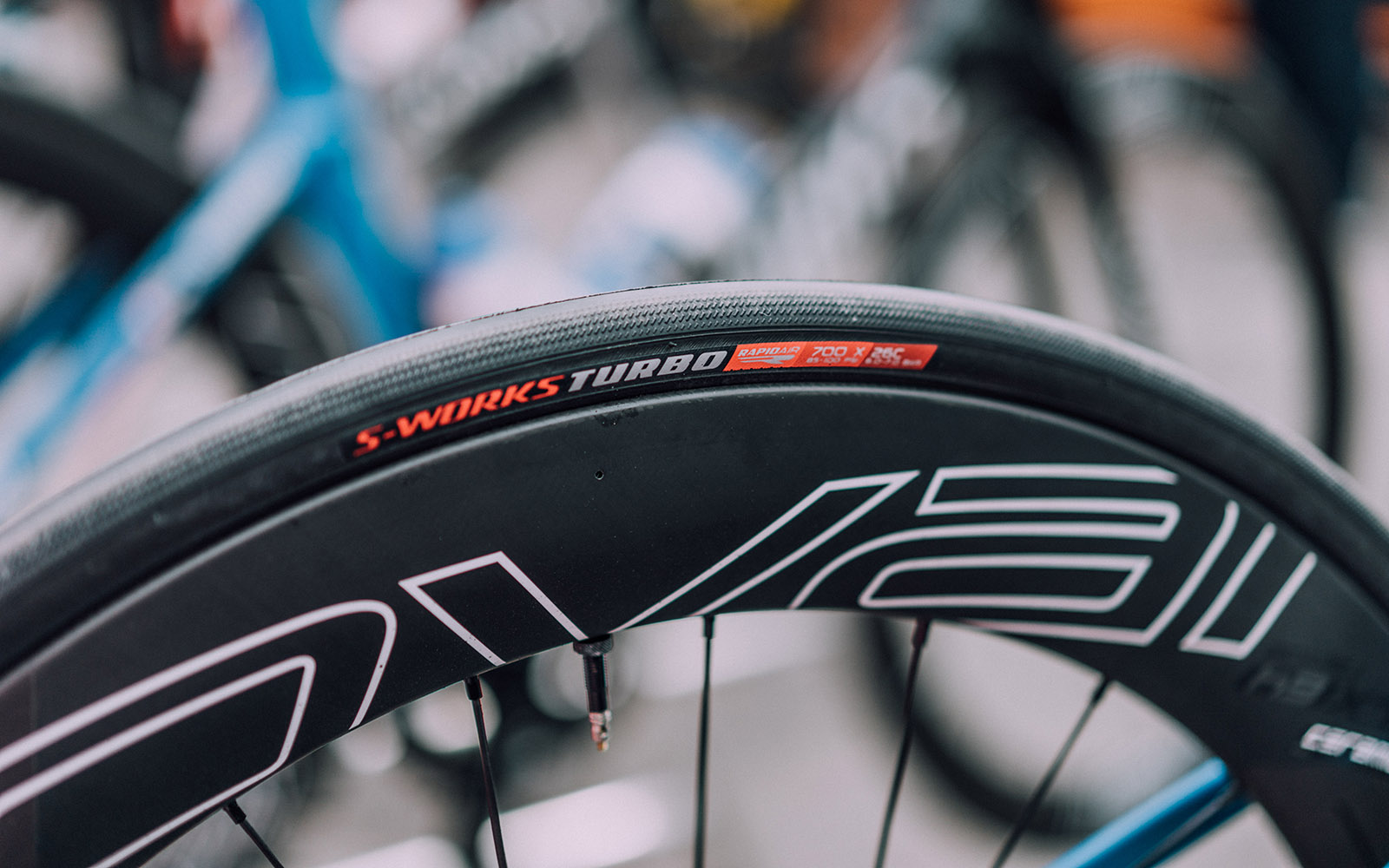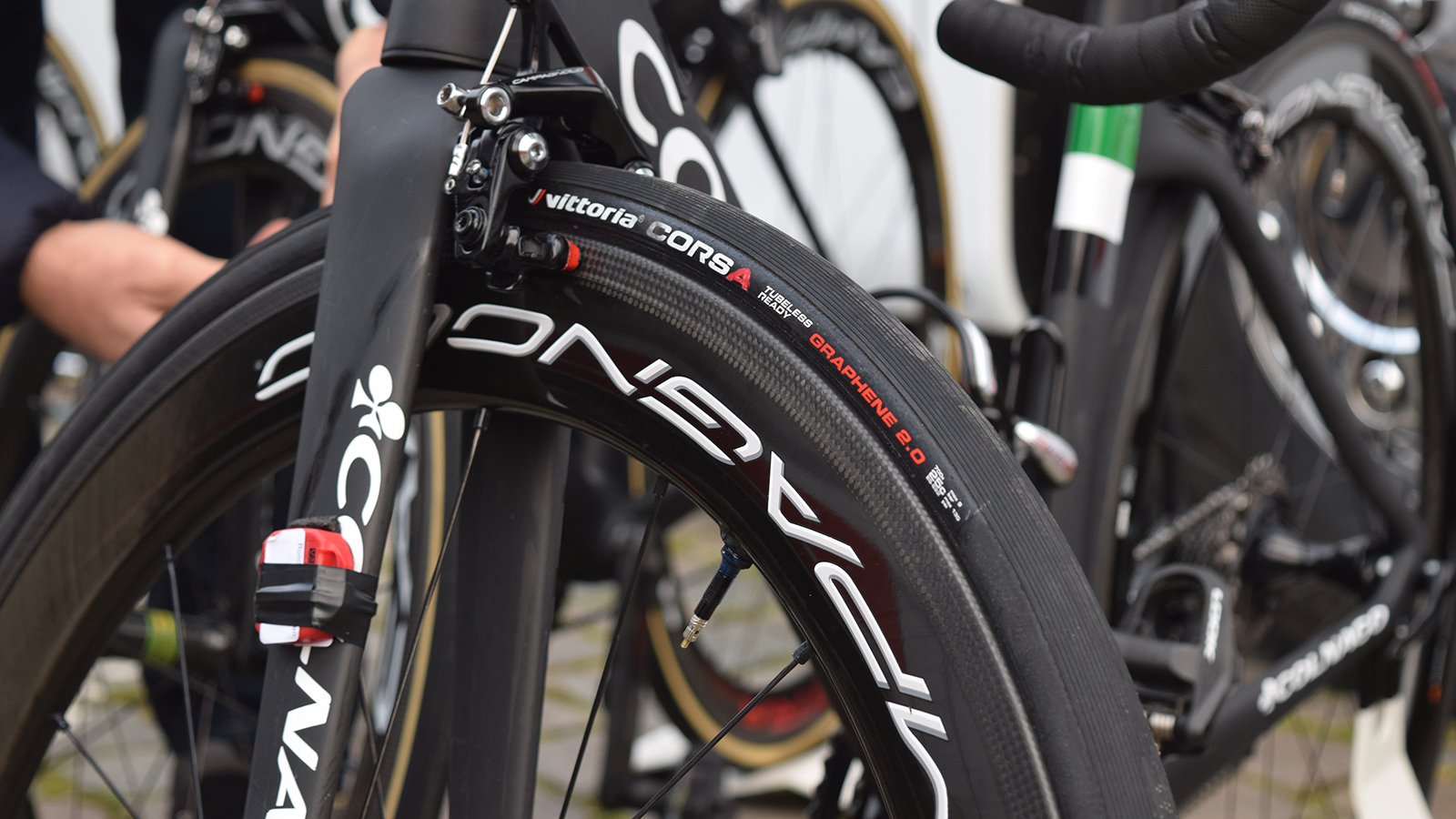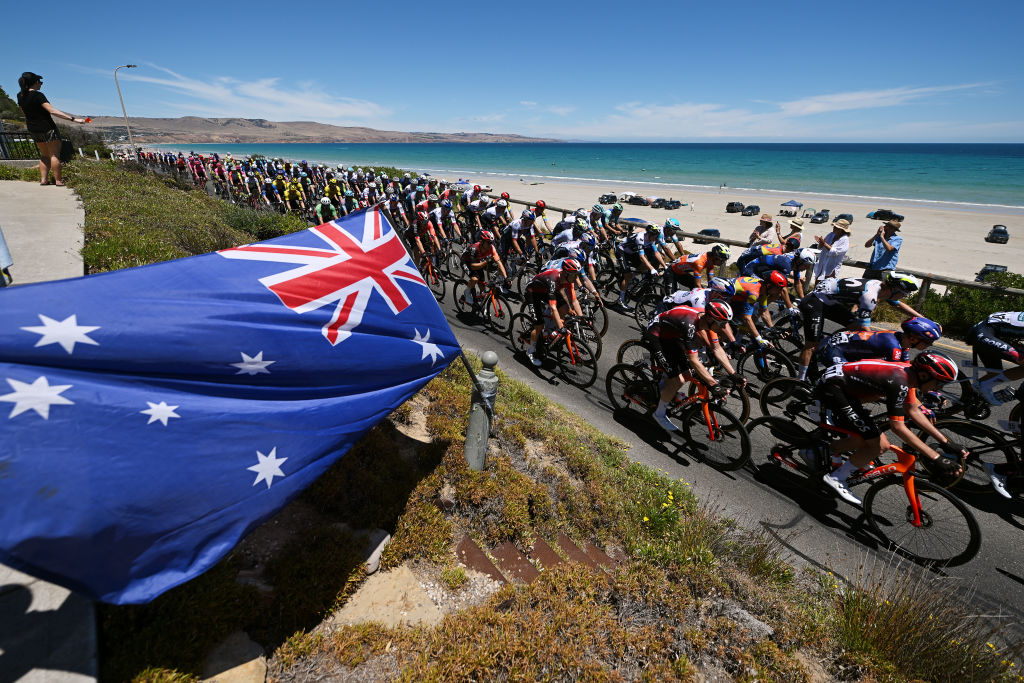The unavoidable rise of tubeless tyres
Tubeless tyres promise many benefits, but are they really worth the transition?


Whether you are riding pure road or considering some gravel detours, tyre choice has a more significant influence on your riding experience than any other single component.
Tyres mediate ride comfort, braking performance, cornering stability and overall efficiency. A crucial safety and performance feature, tyres can also become hugely frustrating when they fail.
If you have a shifter cable snap, you can still ride home. If your tyre punctures, you become a forlorn figure, stranded at the roadside, contemplating repair.
With the professional peloton's preference of tubular tyres, and the general public - and therefore, consumers - being almost entirely in the clincher camp, manufacturers are seeking a way to solve the problems of all cyclists with a single offering, while also looking to meet the demand for superior tyres, capable of the lowest possible rolling resistance and best puncture protection. That solution comes in the form of tubeless road tyres.
As a cycling discipline, terrain-induced punctures are more prevalent in mountain biking than any other format. Sharp rocks, roots, thorns, jumps and drop-offs have incentivised tyre manufacturers to create robust tubeless mountain bike tyres. But is the tubeless mountain bike revolution applicable to road and gravel biking?
In theory, all the benefits of tubeless tyres should apply to non-suspension road bikes and gravel bikes, but negatives are also present, and for some traditional road riders, those negatives appear significant.
Unrivalled puncture protection
What are the benefits of tubeless road and gravel bike tyres? With sealant replacing the vulnerable inner tube, you are guaranteed far superior small hole puncture resistance.
The latest race content, interviews, features, reviews and expert buying guides, direct to your inbox!
Once road debris punctures an inner-tube, your tyre is going to deflate. With a tubeless set-up, you simply keep rolling along, allowing the sealant and wheel’s rotational motion to collaborate and plug the puncture.
The other benefit of a tubeless tyre is the ability to run lower tyre pressures. Contrary to traditional cycling logic, ultra-high tyre pressures are not always conducive to the lowest possible rolling resistance. It helps to have a bit of compliance in the tyre’s pressure profile, allowing it to mould to the road’s tiny imperfections and flow of your pedal stroke.
Tubeless is a bit more effort - initially
In the case of a puncture, the tubeless tyre resists catastrophic deflation and will remain attached to the rim due to its incredibly tight tolerances. This is also one of the difficulties of a road bike tubeless system: the annoyance of fitting tyres in the first place.
Although rims are getting wider and tyre technology rapidly improving, to make a tubeless system work successfully, it requires a very tight interface. And this means that you are best off purchasing a rim and tubeless tyre which are compatible. Most tubeless tyres are not compatible with older rims, designed for tubes.
Fitting a tubeless tyre is more labour intensive and potentially frustrating than a tubed equivalent, and sealant can be messy to work with for the uninitiated. You’ll have to do it once or twice a year, as the sealant remains stable for about six months at a time.
A tubeless system isn't lighter and requires some handiwork to set-up, but there is no arguing against its peace-of-mind robustness, once mounted and rolling at each end of your road or gravel bike.
Perhaps the greatest disabler of broader tubeless tyre adoption is the absence of a universal rim and tyre standard, adhered to by all manufacturers and brands. As tubeless tyres gain traction in the market, especially driven by the surge in gravel bike popularity, the industry should be moving closer to a unified ETRTO tubeless rim and tyre standard.
Tubeless in the pro peloton
The introduction of tubeless tyres into the professional peloton made big steps in 2019. With Alexander Kristoff being one of the higher-profile riders opting to use tubeless, it saw its first WorldTour win, before he later regretted using the technology at Paris-Roubaix.
Specialized claimed the end of the tubular at the Tour de France when it launched its S-Works Turbo RapidAir tubeless tyre, a tyre that was ridden to a stage victory by Fabio Jakobsen at the Tour of California.
While most big tyre brands now offer a tubeless variant in their line-ups, the technology is still a minority among the professional peloton, it remains to be seen whether the upward trajectory of tubeless in the WorldTour will continue, and what 2020 will hold.
Lance Branquinho is a Namibian born media professional, with 15-years of experience in technology and engineering journalism covering anything with wheels. Being from Namibia, he knows a good gravel road when he sees one, and he has raced some of Africa’s best-known mountain bike stage races, such as Wines2Wales and Berg&Bush.
